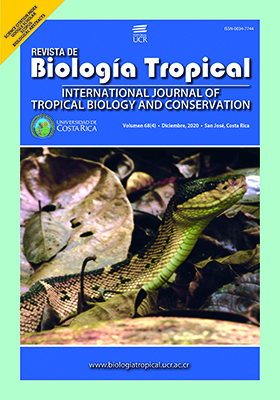Abstract
Introduction: The expansion and intensification of agriculture causes profound changes at a global scale, which generates a strong impact on crop productivity and consequently, a decrease in the biodiversity associated. Ilex paraguariensis, known as yerba mate, is a native species from South America and it has been introduced in the world market (e.g. Middle East, Europe, and United States) due to its multiple nutritional benefits and antioxidant properties. The association of plants of I. paraguarensis with arbuscular mycorrhizal fungi (AMF), especially under field conditions, has been scarcely reported so far. Objective: The aim of this work was to assess the species composition, richness, spore density and diversity of Glomeromycota communities of yerba mate under different crop and natural conditions, seasonally over a 2-year period. Methods: Soil samples were extracted in winter and summer from five productive sites (situations 1-5), with contrasting crop conditions with regard to historical management, as a reference situation (situation 6). Spores were identified following morphological criteria. Results: Acaulosporaceae and Glomeraceae presented the highest spore densities in all sampling sites/ seasons/years. The lowest spore density and diversity index was recorded in 2014, when rainfall was higher than in 2013. Discussion: We reported Acaulospora capsicula detected by morphological analysis, for the first time in South America. Differences between years could be attributed to rainfall. This study contributes to the knowledge of the dynamics and factors that influence the structure of AMF communities over time. This information would be valuable to generate conservation strategies for this group of microorganisms, which are key to the sustainable development of yerba mate cultivation systems.
##plugins.facebook.comentarios##

This work is licensed under a Creative Commons Attribution 4.0 International License.
Copyright (c) 2020 María Silvana Velázquez, Marcelo Barrera, Natalia Allegrucci, Camila Lucía Abarca, Marta Cabello, Fabricio Valdez


